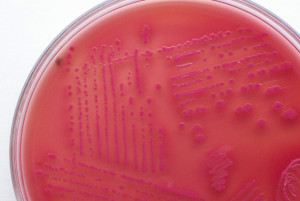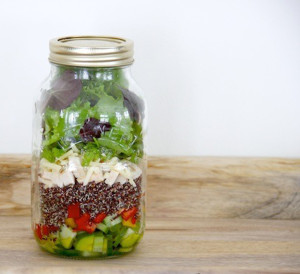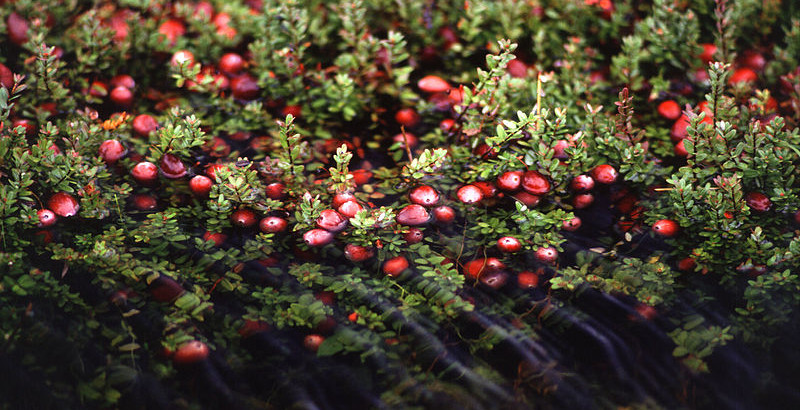Mason Jar Misery

How much do you know about Escherichia coli (E. coli)? Probably more than you wanted yet still likely not enough to keep you safe from this menacing food-borne illness. We get it—science is always trying to frighten us about this or that and you have a life to live, so what does it matter, right? Well, this scary little bug with the power to cause a lot of big trouble has a secret enemy: cranberries.
Sure, we all understand that cranberries are great for antioxidents and even for helping with kidney infections for some inscrutable reason, but tiny soldiers in a war on food poisoning? Who knew?!

NOT convenient when you suffer the consequences of improperly washed lettuce.
According to the Center for Disease Control, (E. coli), “…bacteria normally live in the intestines of people and animals. Most E. coli are harmless and actually are an important part of a healthy human intestinal tract. However, some E. coli are pathogenic, meaning they can cause illness, either diarrhea or illness outside of the intestinal tract. The types of E. coli that can cause diarrhea can be transmitted through contaminated water or food, or through contact with animals or persons.”
So, not something we’d like to encounter on our lunch break, am I right? Sadly, that’s exactly what happens all too often. A quick check of the reported outbreaks might make you reconsider that bagged salad you put in today’s Pinterest Mason Jar lunch.
Cranberries to the Rescue!
At this point you’re probably wondering why you’re about to become the cranberry’s biggest fan. The answer was published in a little-known Science Blog post on November 13, 2007. Here’s the gist of the content (emphasis ours):
A new study used an atomic force microscope and other sophisticated tools to study how certain tannins (called proanthocyanidins or PACs), which are found primarily in cranberries, interact with bacteria at the molecular level. The study found that the compounds prevent E. coli from adhering to cells in the body, a necessary first step in infections.
Cranberries also inhibit the ability of E. coli to produce IAA, a molecule that enables bacteria to sense whether or not their population is large enough to initiate an infection.
If you’ve been holding off on the cranberries, maybe just relegating them to a tiny helping of a jellied side dish over the Thanksgiving holiday, it is seriously time to change your diet.
Which Cranberries are good for your health?
Mercola has reported that not all cranberries are equal:
“The greatest antioxidant levels are found in fresh cranberries. (Compared with 19 other common fruits, cranberries have the highest level of the antioxidant phenol.)” So you’ll want to opt for shopping in the fresh foods department, not the canned goods aisle.
Adding Cranberries to Your Diet
If you’re ready to embrace the cranberry in all it’s glory, then you’ll want to consume them raw. If that seems a bit too far-fetched for your liking, you can always toss them into your morning smoothie or even whirl them up with a handful of grapes, pomegranate, or even strawberries for a tasty glass of your very own fruit juice. And don’t forget to throw a handful on that salad.
Meden Agan: Nothing to Excess
As you explore delightful new ways to incorporate cranberries into your diet, keep in mind that eating large amounts of cranberries is not very good for you, especially if you have high blood pressure or diabetes.

